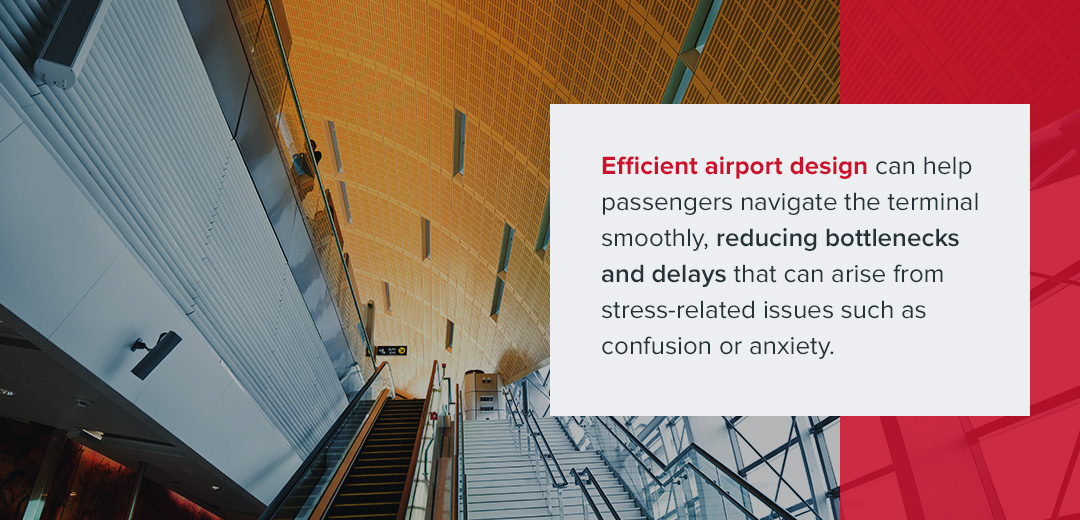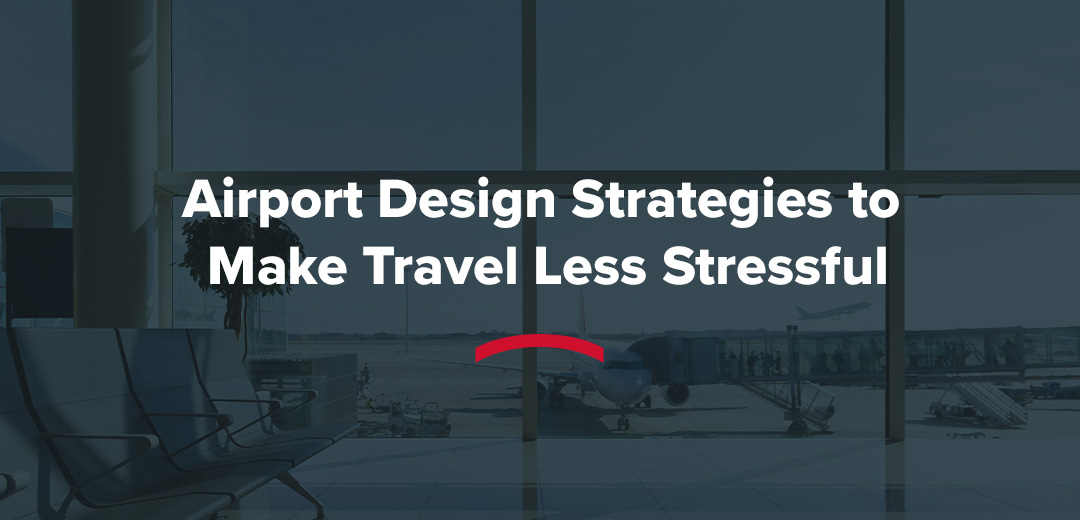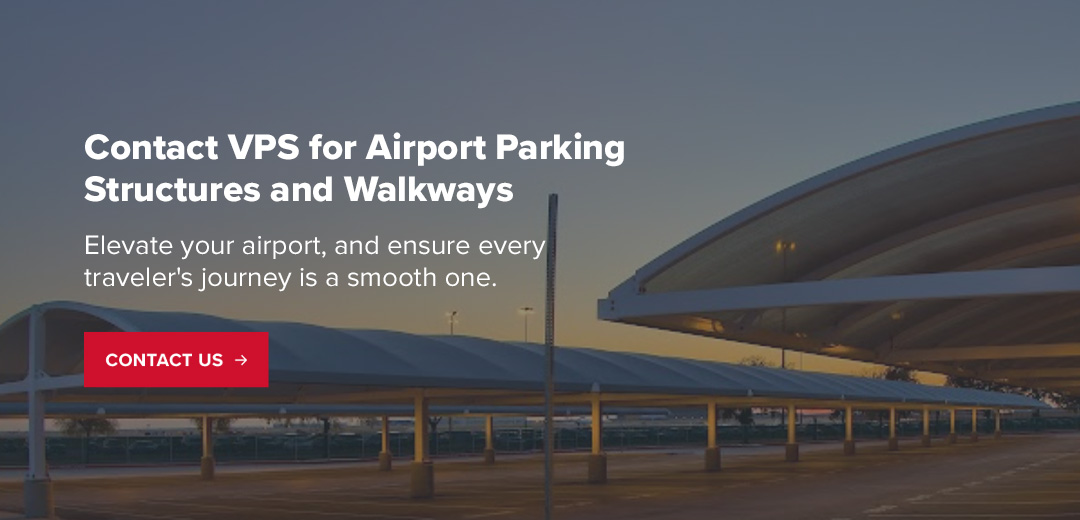Today, airports are increasingly recognizing the crucial role of innovative airport design in delivering better airport travel experiences. Efficiency is the operative term, and every architectural detail is critical. This is where airport efficiency design strategies come into play.
Airport executives may face challenges in optimizing airport design to enhance traveler experiences, as it necessitates balancing operational efficiency with passenger comfort for better airport travel. Striking this equilibrium is crucial to mitigate potential bottlenecks and ensure the seamless flow of passengers through their facilities.
This blog highlights why a calm airport experience is a must and explores innovative approaches that redefine the traveler experience — from noise reduction strategies to seamless automation and improved navigation.
The Benefits of Creating a Calm Airport Experience
Airport executives understand the vital role that passenger stress reduction plays in achieving their goals of improving airport efficiency and delivering better airport travel experiences.
Reducing traveler stress holds a multitude of benefits that directly impact an airport’s performance and reputation. First and foremost, it can significantly enhance passenger satisfaction. When travelers feel more relaxed and comfortable, they are more likely to have positive perceptions of the airport.


